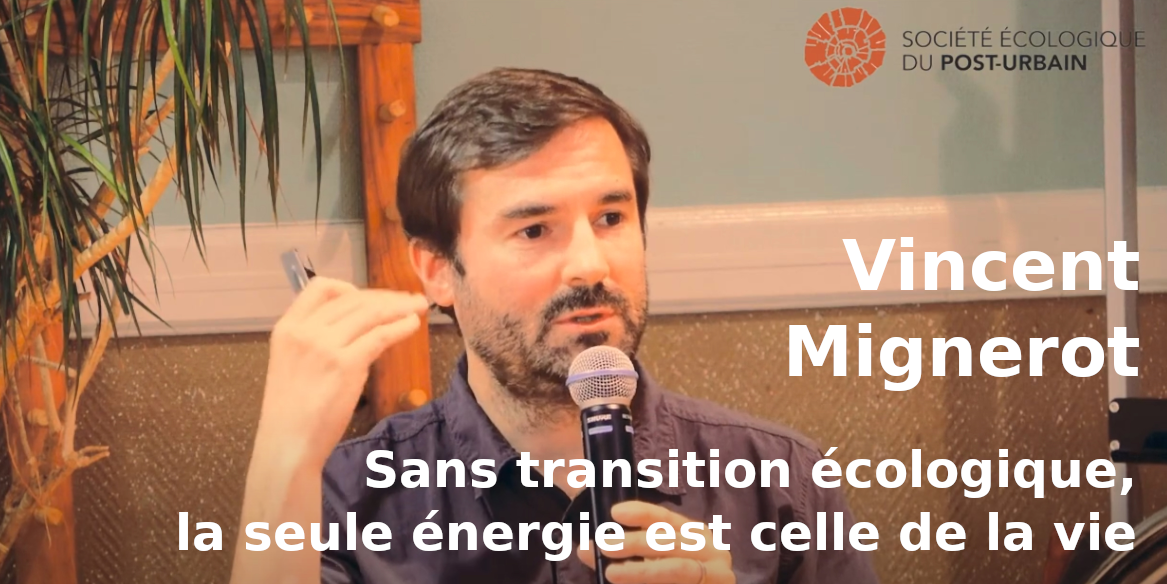Que : Articles – Livres – Vidéos / refresh
2024
Anthropogenic emissions drive global-scale warming yet the temperature increase relative to pre-industrial levels is uncertain. Using 300 years of ocean mixed-layer temperature records preserved in sclerosponge carbonate skeletons, we demonstrate that industrial-era warming began in the mid-1860s, more than 80 years earlier than instrumental sea surface temperature records. The Sr/Ca palaeothermometer was calibrated against ‘modern’ (post-1963) highly correlated (R2 = 0.91) instrumental records of global sea surface temperatures, with the pre-industrial defined by nearly constant (<±0.1 °C) temperatures from 1700 to the early 1860s. Increasing ocean and land-air temperatures overlap until the late twentieth century, when the land began warming at nearly twice the rate of the surface oceans. Hotter land temperatures, together with the earlier onset of industrial-era warming, indicate that global warming was already 1.7 ± 0.1 °C above pre-industrial levels by 2020. Our result is 0.5 °C higher than IPCC estim
Last year I was fortunate enough to be joined by four remarkable women in the British environmental movement. We were speaking at a Deep Adaptation conference in Glastonbury. The way the discussion…
2023
World Bank says subsidies costing as much as $23m a minute must be repurposed to fight climate crisis...
Flash drought, characterized by unusually rapid drying, can have substantial impact on many socioeconomic sectors, particularly agriculture. However, potential changes to flash drought risk in a warming climate remain unknown. In this study, projected changes in flash drought frequency and cropland risk from flash drought are quantified using global climate model simulations. We find that flash drought occurrence is expected to increase globally among all scenarios, with the sharpest increases seen in scenarios with higher radiative forcing and greater fossil fuel usage. Flash drought risk over cropland is expected to increase globally, with the largest increases projected across North America (change in annual risk from 32% in 2015 to 49% in 2100) and Europe (32% to 53%) in the most extreme emissions scenario. Following low-end and medium scenarios compared to high-end scenarios indicates a notable reduction in annual flash drought risk over cropland. Flash droughts are projected to become more frequent unde
2022
The world’s leading energy economist has warned against investing in large new oil and gas developments, which would have little impact on the current energy crisis and soaring fuel prices but spell devastation to the planet.
Egypt’s Minister of Environment Yasmine Fouad and Minister of Agriculture and Land Reclamation El-Sayed El-Kosayer met on Sunday to discuss preparations for the Conference of the Parties on Climate Change (COP 27), which Egypt will be hosting in Sharm El-Sheikh this year.
2021
Several terms have been used to describe the negative mental health implications of environmental degradation, including ecological grief, solastalgia, climate and eco-anxiety. The American Psychological Association defines eco-anxiety as a “chronic fear of environmental doom”. Some psychiatrists describe this as an anticipated trauma or a “pre-traumatic stress disorder”.
The enormous, unprecedented pain and turmoil caused by the climate crisis is often discussed alongside what can seem like surprisingly small temperature increases – 1.5C or 2C hotter than it was in the era just before the car replaced the horse and cart.
This article argues that resource and logistical constraints weighing on low-carbon energy and CO2 capture technologies are likely to pave the way for geo-engineering solutions such as Stratospheric Aerosol Injection (SAI), which demand negligible land, material, and energy inputs. This “climate transition without carbon transition”, though technically feasible, is far from being that simple, raising a whole new set of environmental risks as well as geopolitical, institutional, and ethical issues.
The study from the UN University, the academic and research arm of the UN, looks at 10 different disasters that occurred in 2020 and 2021, and finds that, even though they occurred in very different locations and do not initially appear to have much in common, they are, in fact, interconnected.
After a century of wielding extraordinary economic and political power, America’s petroleum giants face a reckoning for driving the greatest existential threat of our lifetimes. An unprecedented wave of lawsuits, filed by cities and states across the US, aim to hold the oil and gas industry to account for the environmental devastation caused by fossil fuels – and covering up what they knew along the way.
2019
Industry funds ‘grassroots’ resistance to tougher rules while touting green credentials, study shows








